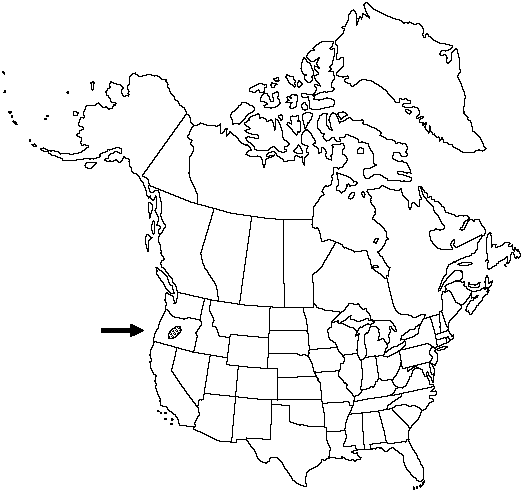Botrychium pumicola
in L. Underwood,Native Ferns ed. 6 69. 1900.
Trophophore stalk 0–10 mm, 0.1–0.5 times length of trophophore rachis; blade dull, glaucous, whitish green, deltate, 2-pinnate, 4 × 6 cm, thickly leathery. Pinnae to 6 pairs, overlapping, strongly ascending, distance between 1st and 2d pinnae not or slightly more than between 2d and 3d pairs, asymmetrically cuneate, basal pinna pair often divided into 2 unequal parts, lobed to tip, margins entire, sinuate to shallowly crenate, apex rounded to truncate, venation pinnate. Sporophores 1–3-pinnate, 1–1.5 times length of trophophore. 2n =90.
Phenology: Leaves appearing in summer.
Habitat: Pumice scree
Elevation: 1900–2500m
Discussion
Botrychium pumicola is a famous narrow endemic known from only a few colonies on fully exposed pumice scree on the sides of and in the general vicinity of Crater Lake, Klamath and Deschutes counties, Oregon. This plant has a very congested appearance with an extremely compact sporangial cluster and overlapping pinnae. Like most other members of subg. Botrychium, the trophophore is located high on the common stalk, but the common stalk is subterranean, giving the impression that the leaf originates near ground level. Botrychium pumicola has been found growing with B. lanceolatum and B. simplex.
Of conservation concern.
Selected References
None.
